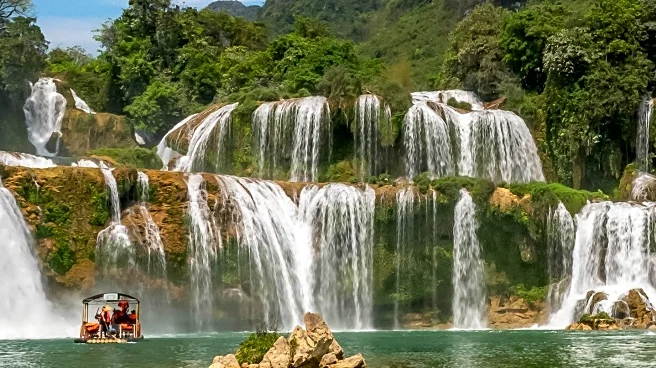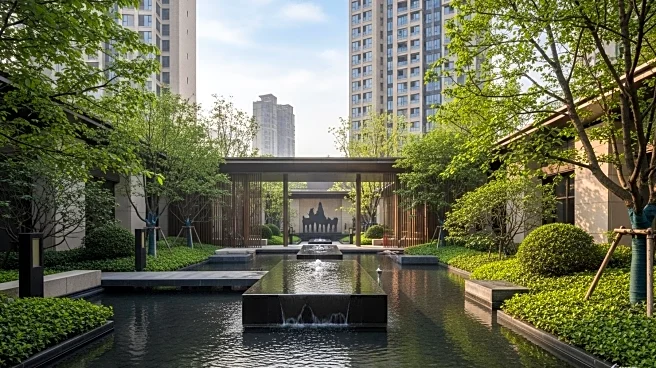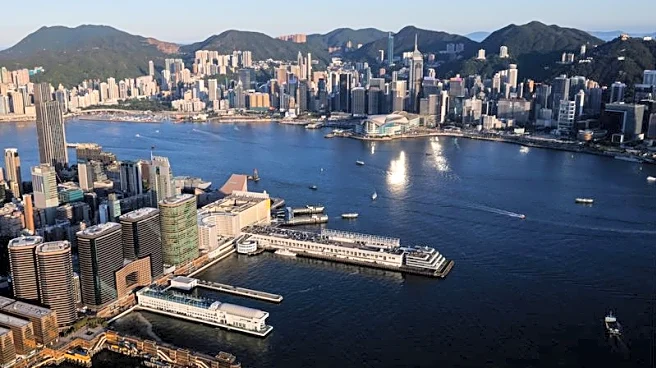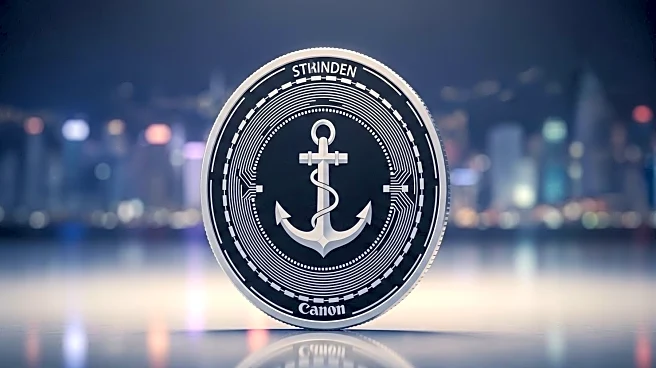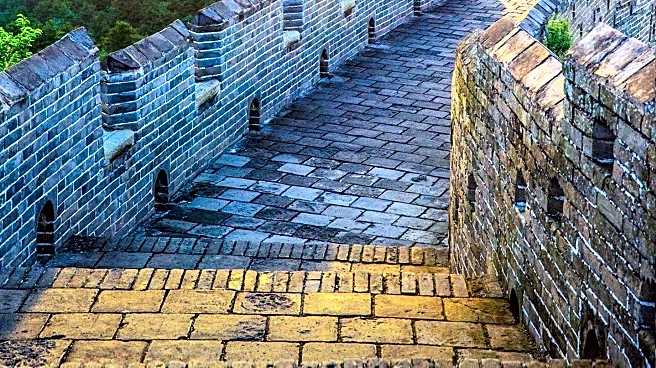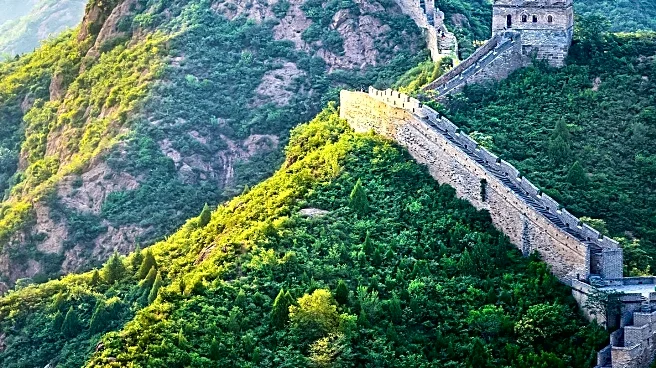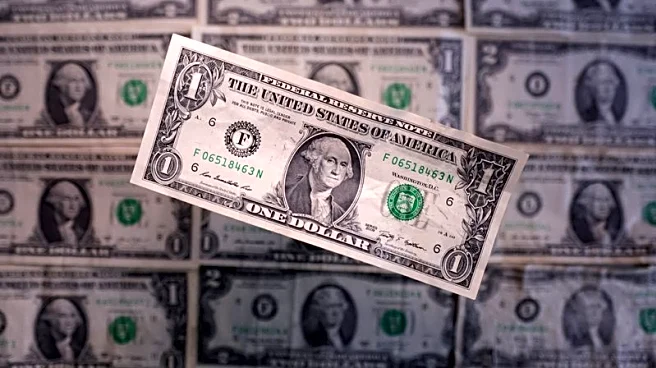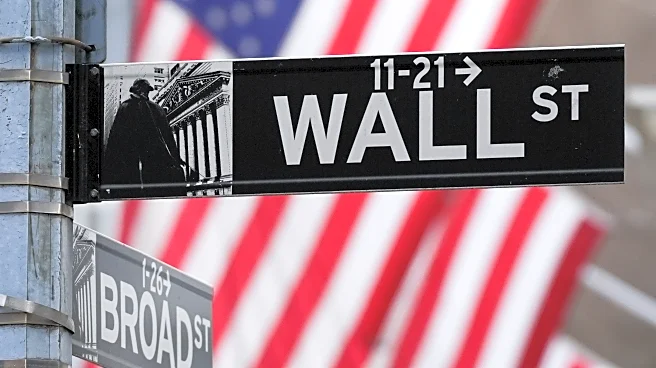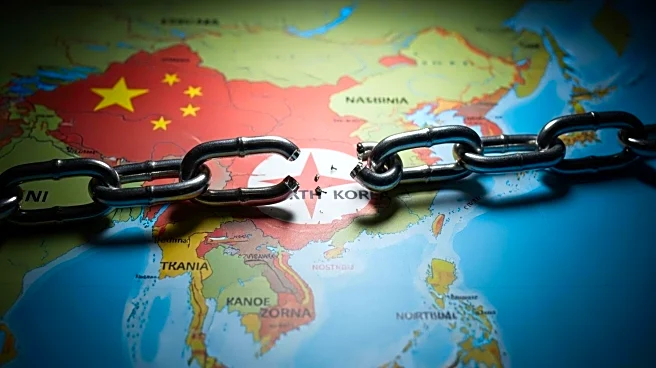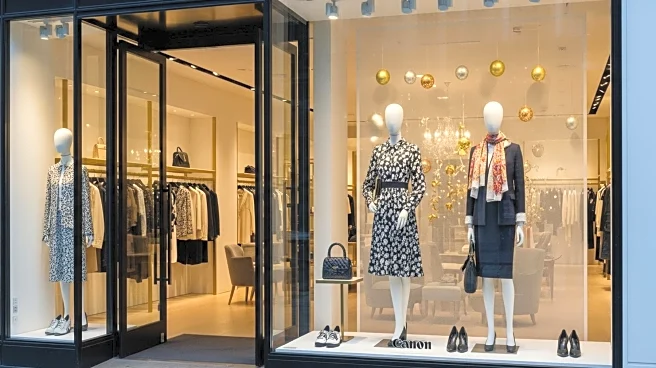What's Happening?
A video capturing a tourist's thrilling experience on a glass water slide in China has gone viral on TikTok, amassing 2.5 million views. The video, posted by Australian TikToker Kalinda Salla, shows the raft speeding down a mountain slide with transparent barriers, coming alarmingly close to the edge. Salla described the ride as both fun and scary, noting the minimal safety measures and lack of English signage at the park. The ride took place in Tonglu County during a work trip, and the adventure park visit was spontaneous. The exact name of the ride is unknown, but it resembles the world's longest glass-bottomed water slide in Bazhong, China, which measures over 14,000 feet.
Why It's Important?
The viral video highlights the growing popularity of adventure tourism and theme parks, particularly in Asia. The global theme park industry is projected to grow significantly, driven by rising disposable incomes in emerging economies. This trend reflects a broader shift towards experiential travel, where tourists seek unique and thrilling experiences. The video also underscores the importance of safety and accessibility in international tourism, as language barriers and minimal safety information can pose risks to visitors.
What's Next?
As the theme park industry continues to expand, there may be increased focus on enhancing safety measures and providing multilingual information to accommodate international tourists. Adventure parks might also explore innovative attractions to capitalize on the growing demand for unique experiences. Additionally, the viral nature of such videos could influence marketing strategies, encouraging parks to leverage social media to attract visitors.
Beyond the Headlines
The incident raises questions about the ethical responsibilities of theme parks in ensuring visitor safety and accessibility. It also highlights cultural differences in safety standards and the need for global tourism operators to adapt to diverse visitor needs. The viral video serves as a reminder of the power of social media in shaping public perceptions and influencing travel trends.

